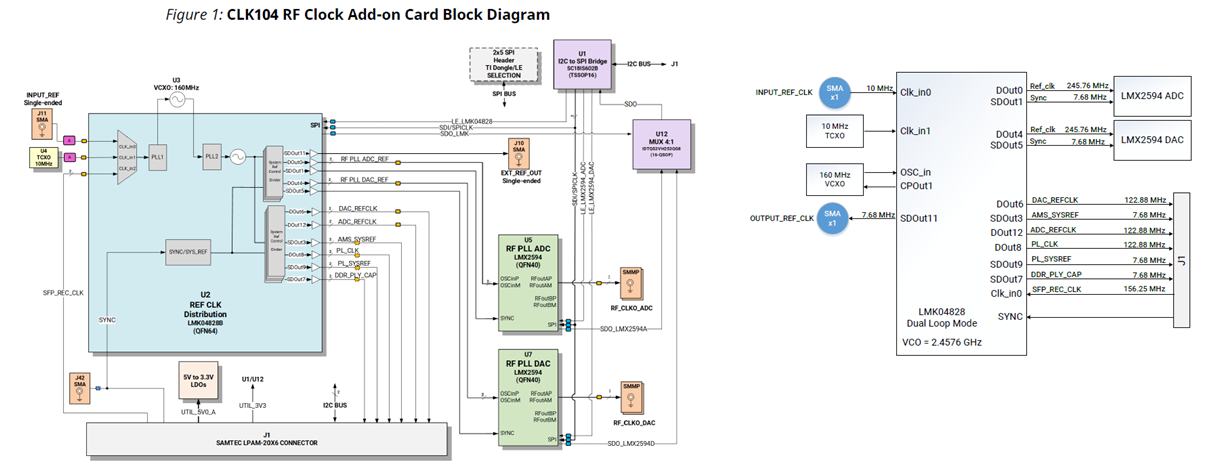Other Parts Discussed in Thread: LMK04832
Hi,
What type of input signal need to be connected on SYNC/SYSREF_REQ pin of LMK04828 when implementing multi clock synchronization feature?
This pin expects single reset pulse or continuous clock?
Regards,
Nanthan.



